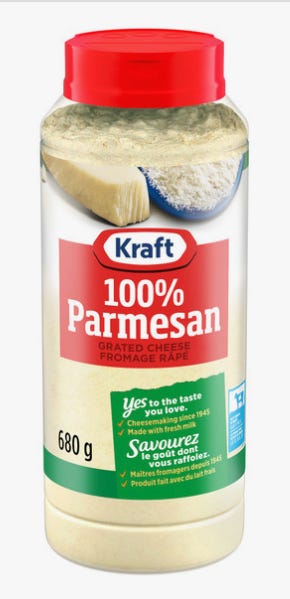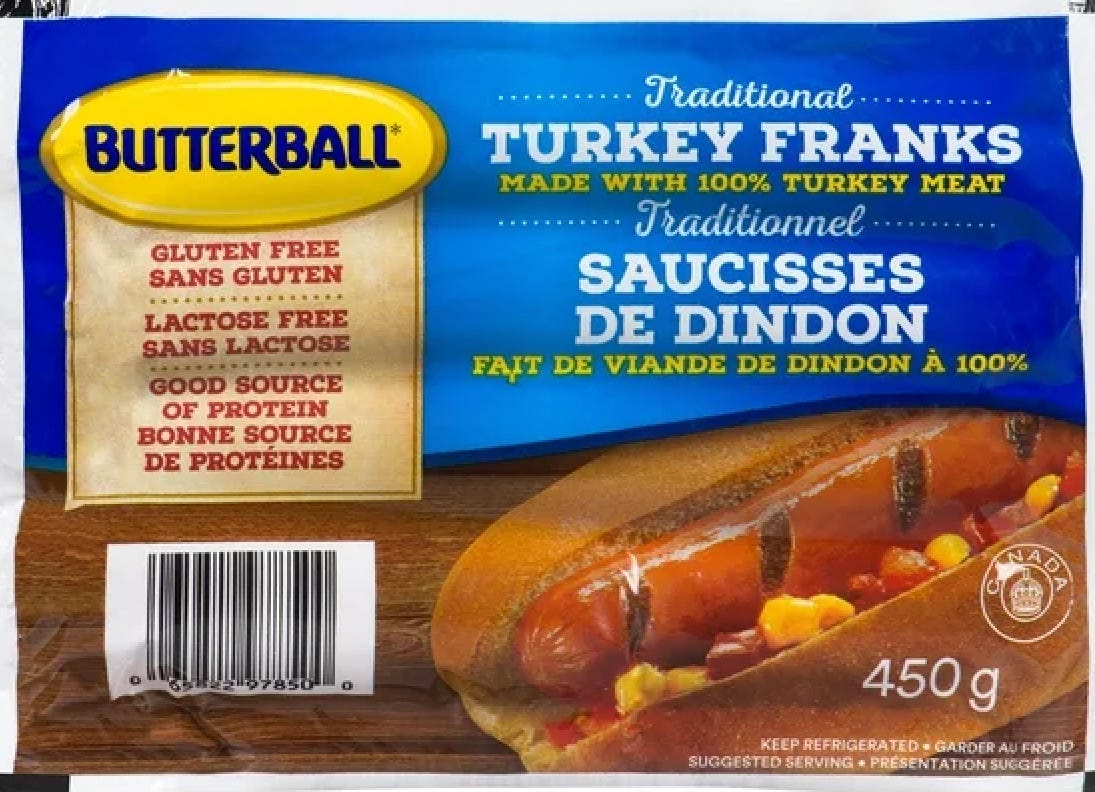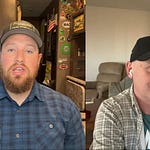How Aware Are You When You Are Grocery Shopping?
It’s someone’s job to figure out how to make you feel warm and cozy about buying a bag of chemicals and by getting you to think it’s health food. It’s up to us as consumers to pay attention not only to the big, bright lettering on the front, but also to flip that package over and read the back.
Ask yourself, do I want all of these substances in my body? Watch out for verbiage like:
Made with real fruit
Hormone and antibiotic free
Grass-fed
Free range
Homestyle
Organic
Plant-based
Keto
All of these terms are just a part of the story. For example, the product might have been organic before they fed it into the hopper at the factory and added the chemicals required to keep it from rotting on the shelf.
Plant-based: Remember, belladonna, poison hemlock, and poison ivy are all 100% plant-based. The term plant-based doesn’t mean much.
Take everything with a grain of salt, people. Like we said in the video, we are going to eat hot dogs and other ultra-processed foods on occasion. But we want to know what’s in the products we choose to eat, and we don’t want to fall for some corporate think-tank trick.
My goal is to eat 80% to 90% whole foods. Foods without a label, like apples and blueberries. Many of them probably require cutting or preparation, like lettuce, cucumbers, steak, eggs, and asparagus. I'm reading the label for that last 10%, the ultraprocessed stuff!
Here are some highlights from Food Shenanigans Episode 2 with Danni Macfarland:
What’s on the Front Label Might Be a Lie
It might say “100% Parmesan Cheese” on the front of the package. One hundred percent means TOTALLY. NOTHING ELSE.
Actual Ingredients of this “100% Parmesan”: Milk, salt, modified milk ingredients, bacterial culture, calcium chloride, lipase, microbial enzyme, cellulose powder (this ingredient is sawdust!), potassium sorbate.
“All-beef” or “100% turkey meat” might be on the front of those hot dogs, but the ingredients are entirely NOT 100% meat.
Products Might Have More Sugar Than You Realize
Some products say “Sugar Free” on the front label. When you look at the food label on the back, sugar won’t be on there. Instead, it might list some other name for sugar, such as these:
Agave nectar
Brown sugar
Evaporated cane juice
Malt syrup
Fructose
Maple syrup
Cane crystals
Fruit juice concentrate
Molasses
Cane sugar
Glucose
Raw sugar
Corn sweetener
High-Fructose Corn Syrup
Sucrose
Corn syrup
Honey
Syrup
Crystalline fructose
Invert sugar
Dextrose
Maltose
Galactose
Lactose
Almost every thing at the grocery store has added wheat, vegetable oil, or sugar. Read those labels!
Bread Might Be Loaded With Sugar and Chemicals
Bread used to be made from flour, water, butter or oil, and yeast (with a tiny bit of sugar to feed the yeast, all used up as yeast food.)
Not anymore.
Here is the list of ingredients from one store-bought whole grain brand.
Whole grain whole wheat flour (including the germ), Grain blend (flaxseed, rye meal, barley flakes, cracked wheat), Yeast, Sugar, Soluble raisin syrup, raisin solids, honey powder, Wheat gluten, sunflower seeds, pumpkin seeds, sesame seeds, flaxseeds, canola or soybean oil, Dextrose, Potato flour, Salt, Vinegar, Calcium propionate, Sorbic acid, Soybean lecithin.
This ingredient list has sugar, soluble raisin syrup, honey powder, and dextrose in it. That’s four types of sugar! No wonder this bread spikes your insulin.
Subway Bread is Actually Cake!
Thank you Sam(antha) M. Burns, Betty Boldbrew, MG, and many others for tuning into my live video with Danni Macfarland!
Time2Thrive is a beaver-supporting publication. To receive fresh wood chippings and support the dam-building activities of countless beavers who are working tirelessly to build the new wall between Canada and the US, consider becoming a free or paid subscriber.















